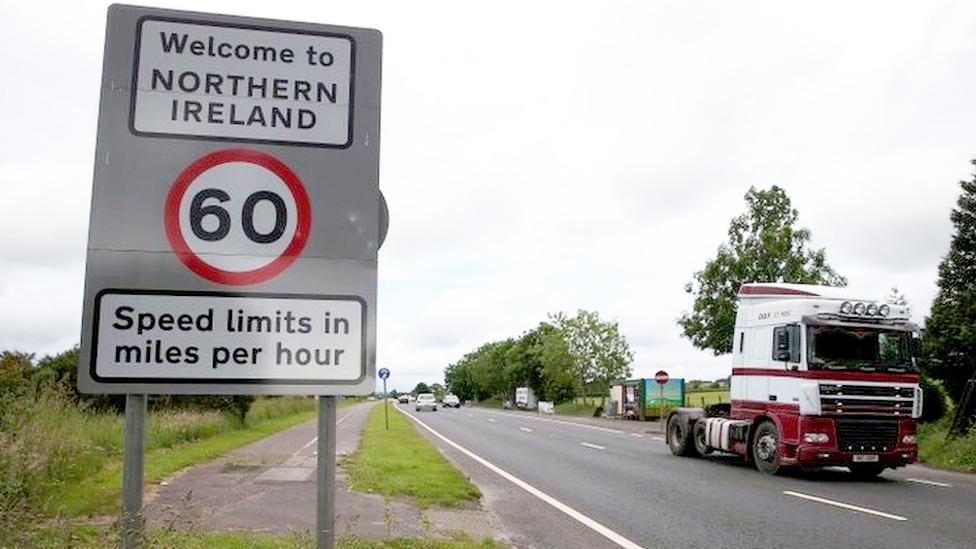Cross-Channel migrants 'targeting UK via Irish border'
- Published
Cross-Channel migrants gain access to the UK using Ireland
Migrants are bypassing tougher cross-Channel security to get into the UK via Ireland, the BBC has discovered.
Smugglers are taking migrants from Calais and Dunkirk and flying them to Dublin, from where they cross the Irish border and travel onwards to London.
A people smuggler described it as "a guaranteed way to get into the UK". The Home Office said the UK and Irish governments worked closely on security.
An Iranian who made the journey said there were fewer checks in Ireland.
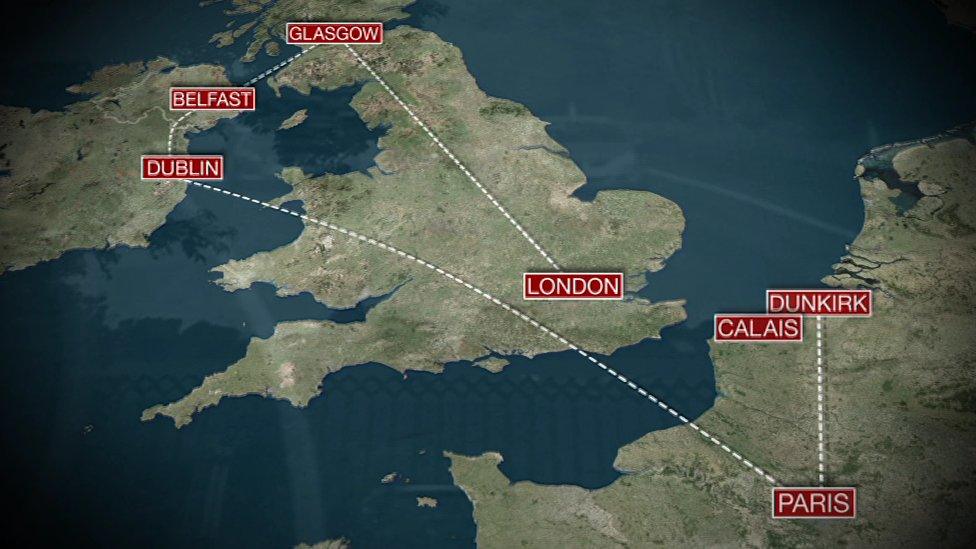
The new route bypasses Kent border checks and London airports
Hamid - not his real name - paid smugglers £10,000 to make the journey. He said the Irish route drew less police attention than entering the UK via London or Kent.
To board the flight to Dublin, Hamid used a genuine Greek passport that had been fraudulently obtained by the smugglers.
"When I got on the plane I was not worried," he said.
"When we arrived in Dublin, I went through passport control - I passed through the checks and was able to leave.
"This route from Dublin is still fresh and the police do not focus on it as they do at Gatwick or Heathrow."
He said at no point did he show any identification after leaving Dublin.
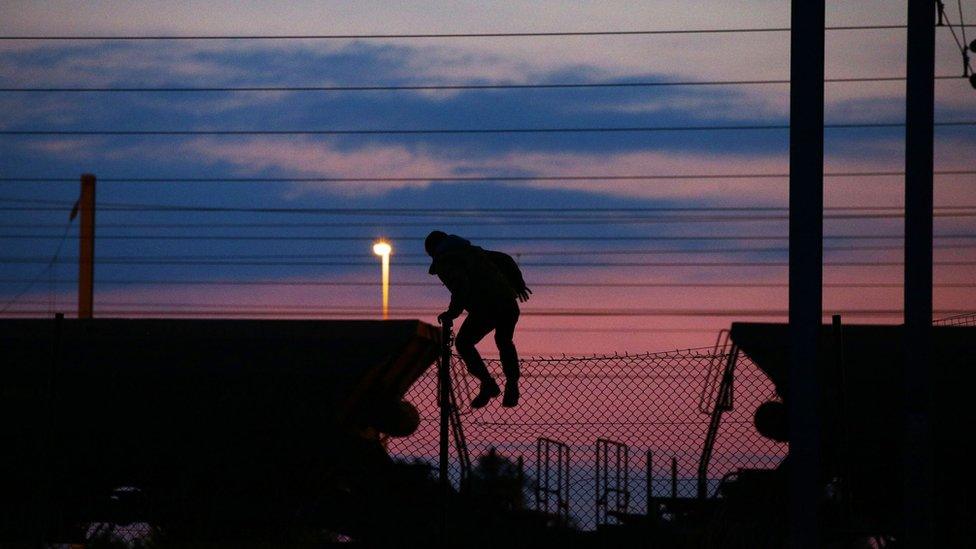
The Calais migrant crisis hit the headlines in 2015
Calais and Dunkirk in northern France are known as stopping points for migrants who then try to cross the Channel and reach the UK through Kent.
In 2015, when hundreds of people were trying to access the Eurotunnel terminal at Coquelles each night, the Calais migrant crisis hit the headlines and security was increased.
Now smugglers and migrants admit to choosing a route with fewer checks.
It takes them away from the Channel and to Paris, where they board flights to Dublin and then travel by land to Belfast and by ferry to Glasgow.
They then head to London, their original destination of choice.
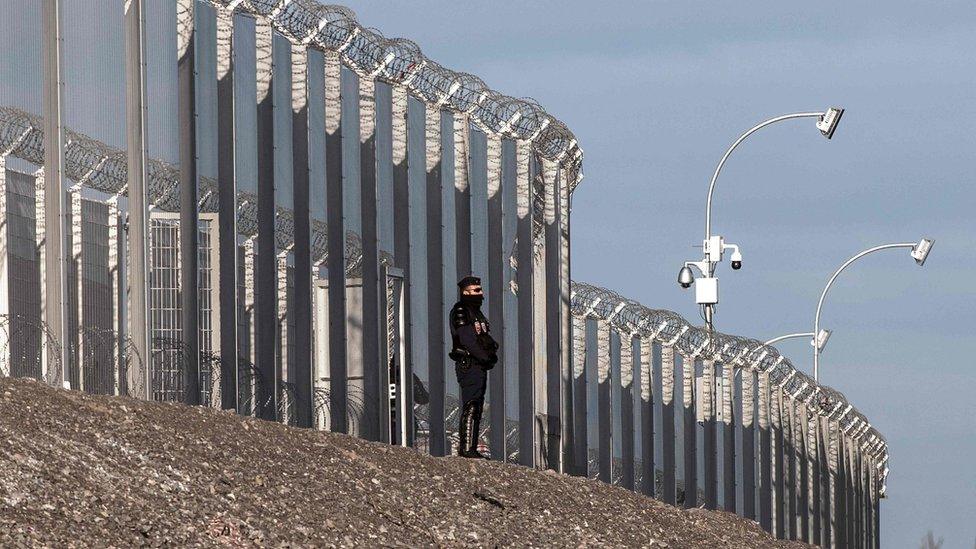
Security in France was increased as a result of the Calais migrant crisis
A smuggler, who gave his name as Azad, explained the process to a BBC researcher who posed as a migrant.
"My guy who will be with them is going to book all the necessary steps.
"They may have to stay in Dublin for a day. Then they'll go to the UK either by bus or by train."
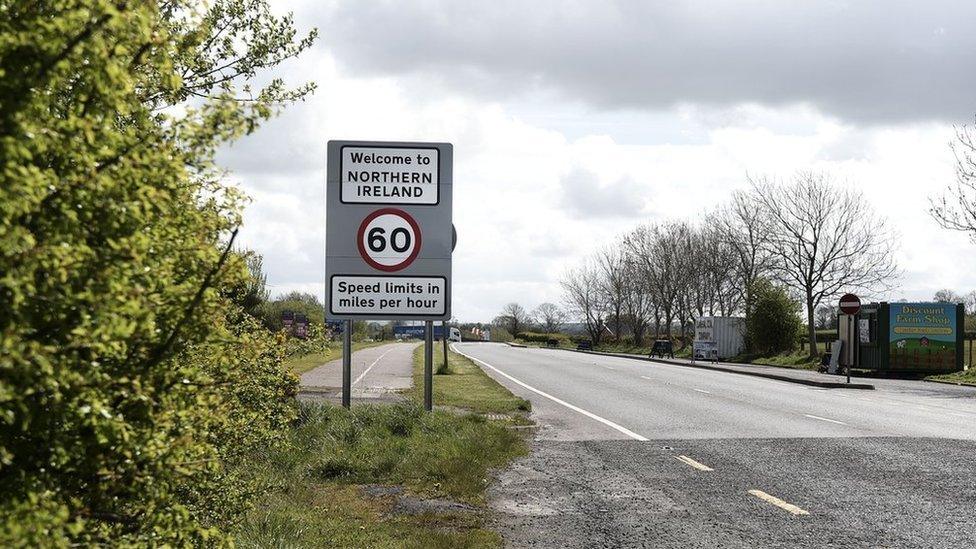
The Irish border is about 310 miles long with up to 275 crossing points
Former director general of immigration enforcement Dave Wood said the new migrant route exploited weaknesses at Ireland's ports and airports.
He said: "If there are weaknesses at Irish ports or Irish airports, they will exploit them and use them, because once you're into Ireland, effectively you're into the UK.
"There's nothing stopping people once you're in Ireland travelling north to Northern Ireland and then to the wider UK."
The issue of the border between the Republic of Ireland and Northern Ireland has been a sticking point in Brexit negotiations.
The Irish border is about 310 miles long with as many as 275 crossing points and, apart from road signs changing from miles per hour to kilometres per hour, there is no physical infrastructure to see.
Both the UK and EU agree there should be no hard border, but differences remain on how to achieve it.
"The UK and Irish governments work closely on border security," said a spokesman for the Home Office.
"Our existing joint programme of work with Ireland includes investment in border procedures, increased data sharing and use of passenger data."
See more on this story on BBC South East on BBC One at 13:30 BST and 18:30 BST.
- Published29 July 2015
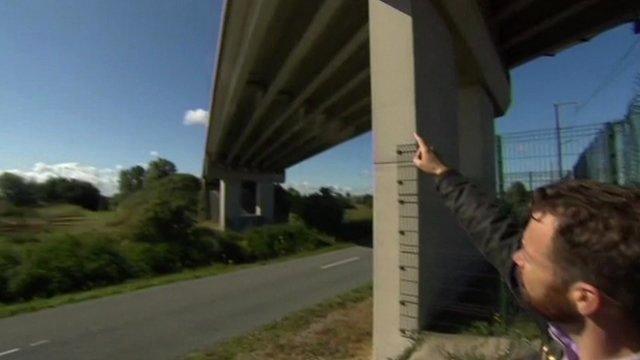
- Published3 October 2015
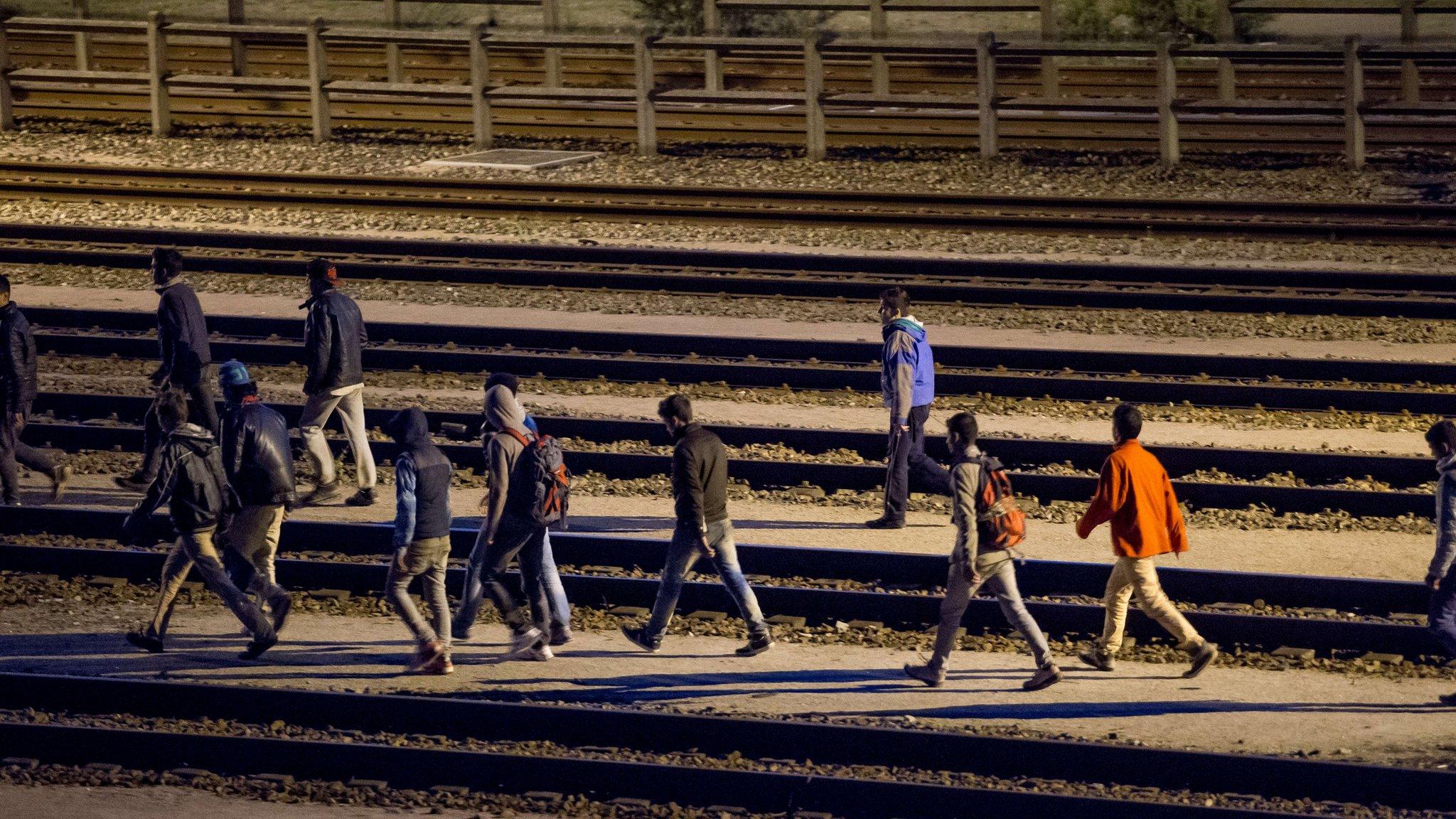
- Published14 August 2015
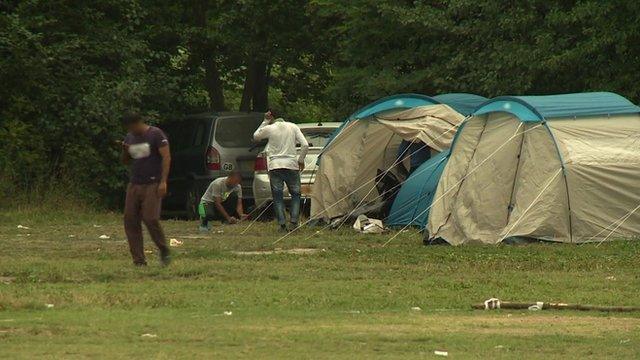
- Published12 August 2015
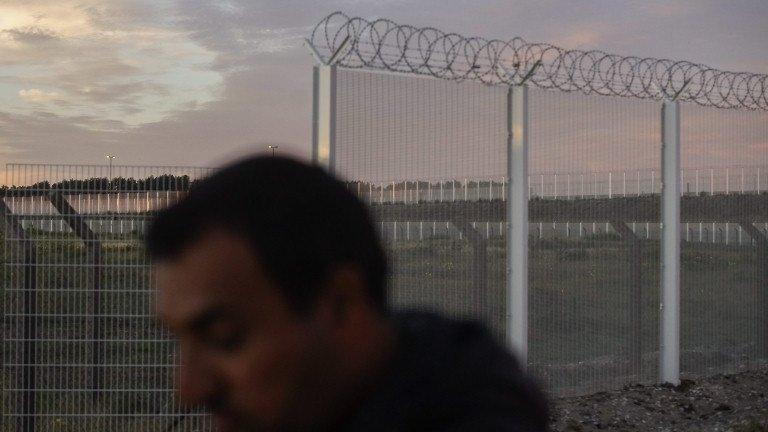
- Published25 July 2015
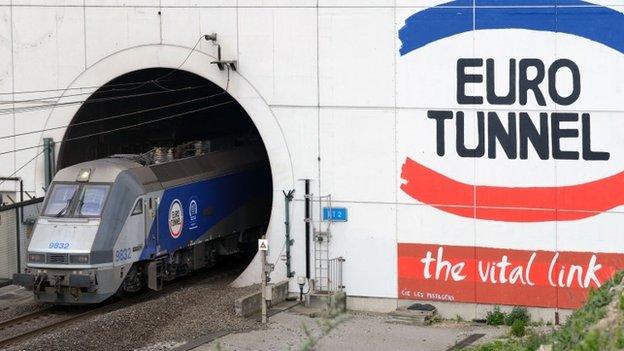
- Published23 May 2018
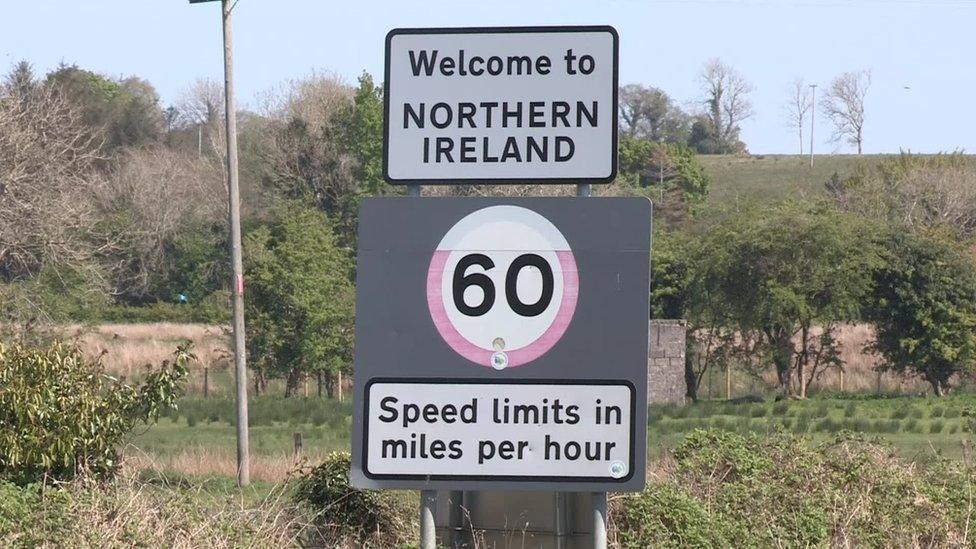
- Published9 January 2018

- Published30 November 2017
